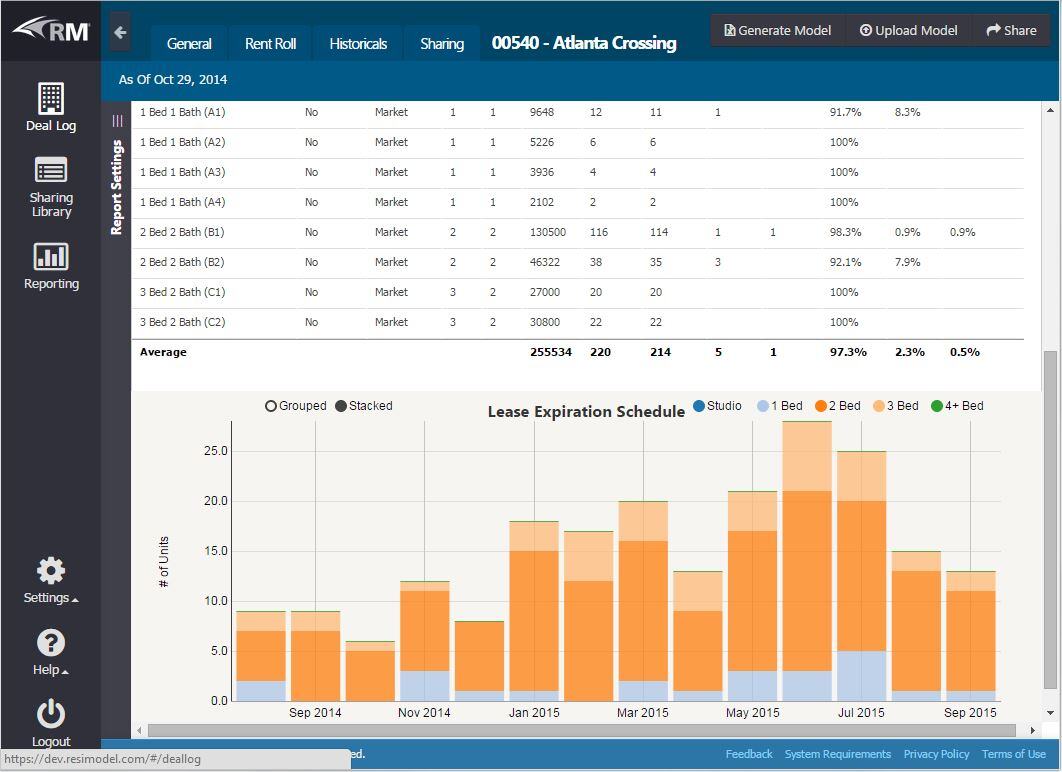Amazon just showed us what really happens when robots replace jobs Updated: Tuesday, September 19, 2017 12:28 PM EDT
There are as many opinions about jobs and artificial intelligence as there are people who have them. A Vanguard global economist recently said AI will replace 1in 2 . A new survey of said most believe AI will outperform people at rote work like translating, surgery and transportation in 10 years. Fighting fire with fire, Google is offering a new . Marc Andreessen, founder at top venture capital firm Andreessen Horowitz, humans have always been afraid whatever latest tech would take their jobs--and it's never happened. Meanwhile, some of the most automated factories in the country--like --can't hire fast enough because the demand for the product outpaces even well-automated labor. Amazon is giving us the biggest real life case study about what happens when jobs--in this case, warehouse jobs--are replaced by robots. According to a recent article, Amazon has about 100,000 robots already. You can get a glimpse of what this looks like in this Youtube video of an Amazon fulfillment center: As the company has increased its automation, it has retrained a number of workers from warehouse bin packers and palletizers to robot operators. When it started adding robots to the warehouse workflow, Amazon had about 80,000 warehouse employees in the United States. Today, it has 125,000 warehouse team members and is hiring fast. At the beginning of the year, the company announced it would hire 100,000 more team members across its 70 fulfillment centers and it's looking for a new second headquarters. So much for automation replacing people. Over the years, Amazon has come under plenty of fire for being a tough place to work but it's also got some great programs, particularly around retraining. Around 9000 employees have taken their option, for example, which asks the employee to pay 5% while Amazon pays 95% of tuition to learn professional careers like computer-aided design, nursing, and even aircraft mechanics. (Is this related to Blue Origin hiring 300 new workers in Alabama? Probably not.) Martin Ford, author of the book Rise of the Robots, takes all this positivity a bit more pessimistically. He told the New York Times recently, 'My assumption is this technology will eventually displace a lot of people in those warehouses.' His perspective is, 'I would not say that overnight huge numbers of jobs disappear. Maybe the first indication is they don't get rid of those people but the pace of job creation slows down.' Still, even for those jobs lost to automation, they are most likely physical jobs like repetitive food service, retail, waste service, and cleaning services, according to a recent report about the effect of automation on jobs by . It reads, 'very few occupations--less than 5 percent--are candidates for full automation.' And for those that do embrace automation for physical tasks, the report predicts an average productivity boost of about 1% a year. In most major industries, a new 1% on the bottom line would pay for a lot of retraining. Not to mention increased automation helps lower prices, as you can already see with Amazon's purchase of . The original 'Amazon Just Showed Us What Really Happens When Robots Replace Jobs' article can be seen. 2017 Inc.com. All rights reserved.


